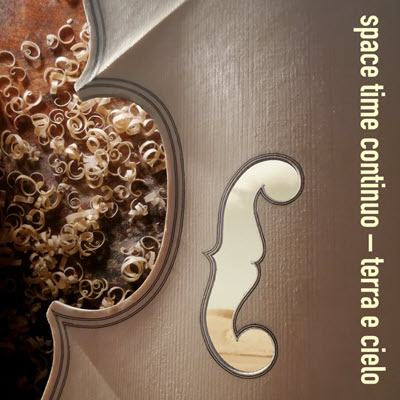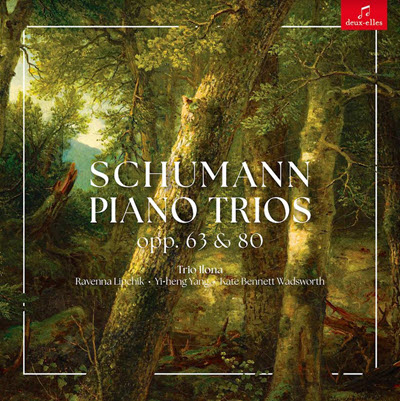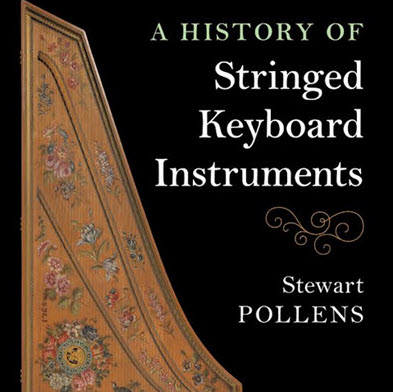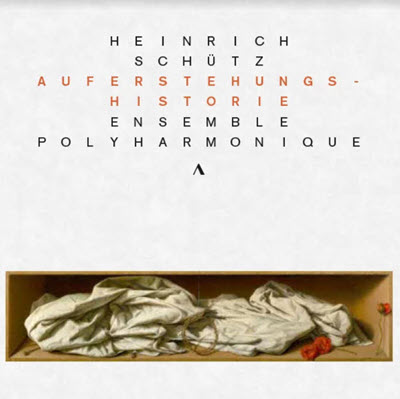by Aaron Keebaugh
Published March 25, 2024
Terra e cielo, music for bass instruments. Space Time Continuo. Leaf Music STC2024
Francesca Caccini’s “Chi è costei” is unmistakable. Scored for solo voice and continuo, the song sizzles with subtle tosses of the voice to convey the emotional rush one experiences while gazing at a beautiful lover.

But a simple change in instrumentation can produce a vastly different perspective. Space Time Continuo’s superb new arrangement for low strings and winds imbues the lines with sorrowful weight, as if that same beloved were lost forever. The experiment, captured on their new album Terra e cielo, shows how versatile lower-voiced instruments can be in depicting everything from pain to joy and all the conflicting emotions in between.
Through arrangements of works by Giovanni Giacomo Gastoldi, Diego Ortiz, Giovanni Kapsberger, and others, Terra e cielo puts the bottom on top by casting light on instruments often relegated to accompanying roles. Based in Montréal, Space Time Continuo comprises a stellar lineup of early-music performers who share a goal of elevating the churning lines and carefully maneuvering harmonies of basso continuo into high art.
Their clever arrangements of vocal and instrumental works preserve the rich lyricism of the originals. But given the mercurial nature of this repertoire, their ensemble shifts wildly to accommodate artistic nuance. Some pieces are played by four cellos, others with dulcian, harp, and lute. Others still involve thoughtful combinations of all these. But the effect typically results in a mix of grace and freshness.
Given this vibrant splash of tone colors, these performances still generate a searching ambiance. The ensemble’s founder and director, Amanda Keesmaat, plays dual roles as a cellist and performer on the hauntingly wheezy lirone, made by Montréal viol maker Francis Beaulieu in 2023. Jessica Korotkin switches nimbly between the cello and viola da gamba, the latter a silvery echo of the former’s dusky resonance. Antoine Malette-Chenier, Sylvain Bergeron, and Christophe Gauthier inject terpsichorean zest on the triple harp, archlute, and harpsichord and organ, respectively. Karim Nasr, on dulcian, and Vincent Lauzer, on recorders, round out the ensemble with a blend of sweetness and fire.
A shapely rise and fall of the line provide the focus of selections from Gastoldi’s Il primo libro della musica a 2 voci. Melodies curve like an aria, with strings bringing just the right touch of rubato. There’s also nothing lost in Keesmaat’s adaptation of Gastoldi’s “Il passionate” for chamber ensemble, here treated with a swaying rhythm that allows for the melody to flower.
In a few instances, the instrumentalists don’t seem to agree on the approach. Nasr’s dulcian in Giovanni Antonio Bertoli’s Sonata No. 4 sounds overly detached against the organ’s soft blanket of sound. But Nasr is on firmer footing in another selection from Il primo libro della musica a 2 voci, where his dialogue with the ensemble revels in the playful turns of phrase. All is further remedied in Bellerofonte Castaldi’s Cappricci a 2 stromenti, where the bass strings subtly outline every shift in harmony.
Gauthier’s harpsichord takes the spotlight in Tarquinio Merula’s Sonata cromatica. His patient approach still allows for the slippery counterpoint to come off clearly.
But these musicians also show that their roar is just as powerful as their whisper. Together they offer Gastoldi’s “Il tormentato” with lilting assurance. Silver-toned strings shed light on the stinging dissonances of Diego Ortiz’s Recercada primera, the interweaving passages clear but never dry. The players also treat Gastoldi’s “La spensierato” for the delightful dance that it is, putting across the nimble lines with verve.
Elsewhere, such exuberance highlights a pulse that feels natural. Sturdy tempos make the rhythms of the “Gagliarda,” from book one of Kapsberger’s Intavolatura di lauto, glide back and forth urgently. The players do the same in Frescobaldi’s Canzon a due bassi, where the cellos resound with earthy force. It all serves as a potent reminder: in performances like these, sometimes it really is all about that bass.
Aaron Keebaugh has written for Corymbus, The Musical Times, The Classical Review, and The Arts Fuse, for which he serves as a regular Boston critic. He teaches courses in music and history at North Shore Community College in Danvers, Mass. For EMA, he recently reviewed Zesty Music for High Baroque Trumpet.




